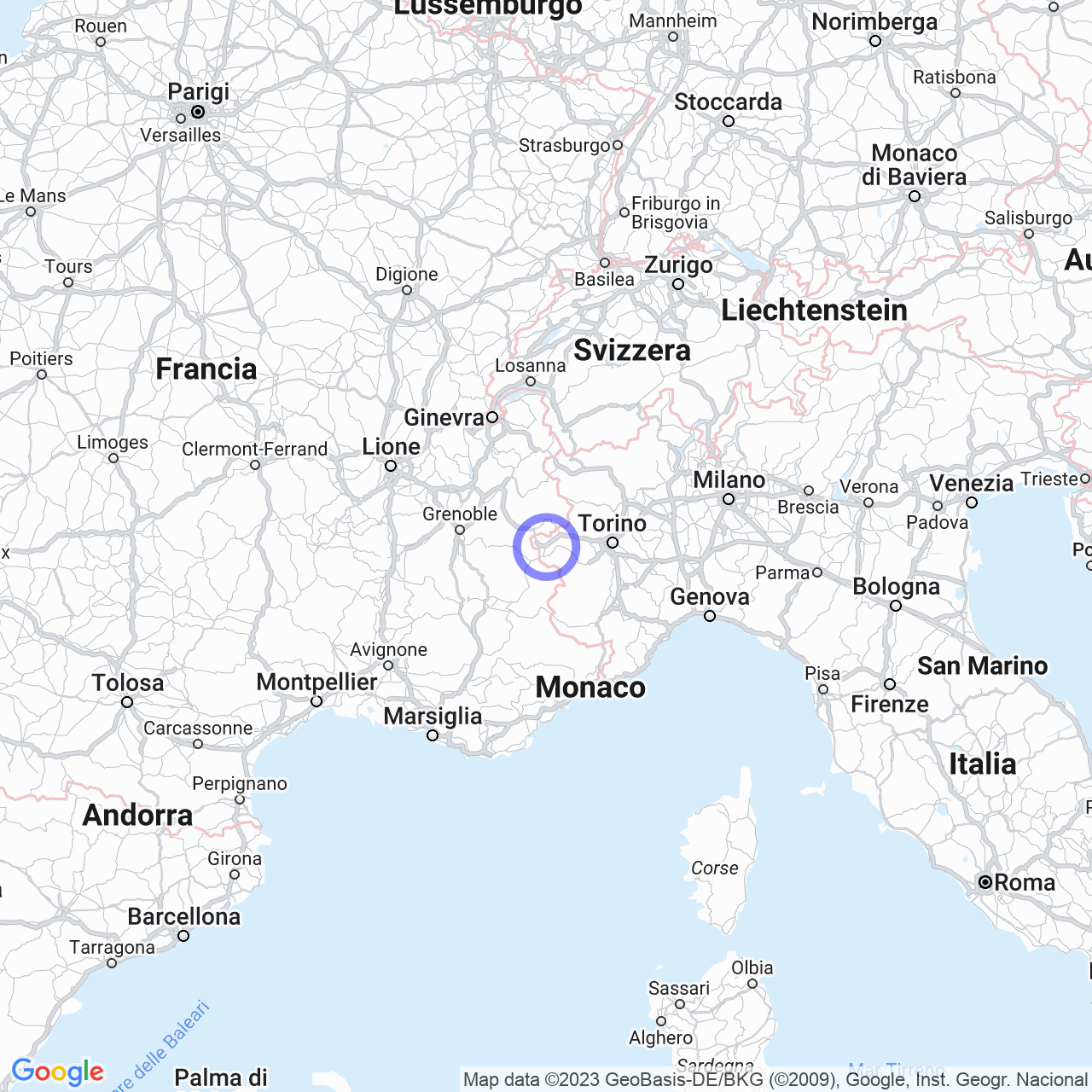Savoulx
Welcome to Savoulx!
Savoulx is a small and charming hamlet of Oulx, located in the beautiful Val di Susa. This ancient village boasts an interesting history and culture, which is definitely worth exploring.
The history of Savoulx
Savoulx has ancient origins and was first mentioned in official documents in 1065. During that time, the village became subject to the Prevostura of San Lorenzo di Oulx, which had just been elevated to that role by Bishop Cuniberto of Turin. However, Savoulx was dominated by the De Bardonnèche lords.
In the fifteenth century, the Church of San Gregorio Magno was built in Savoulx, marking the village's separation from Oulx regarding religious dependencies. In 1616, Savoulx also obtained administrative autonomy, becoming the 21st municipality of Escarton d'Oulx.
The population of Savoulx has experienced ups and downs over the centuries, reaching its highest number of inhabitants in 1720, when it counted 580. Today, the village has 346 residents.

The hamlets of Savoulx
Savoulx is composed of four hamlets, each with its own ancient name whose meaning is lost. However, with the help of locals of local descent, the toponyms were collected in a guide called "Guida dei toponimi di Savoulx e Costans" published by the Alzani publishing house in 2003. The hamlets are:
- Clots (I' Clos)
- Meyer (I' Mii)
- Joans (I' Jon)
- Signols (Sinhòu)
Visit the hamlets and try to imagine what their toponyms could mean!
Places of interest
Savoulx is a real open-air museum, where you can admire numerous monuments and works of art.
The parish church: the church dedicated to St. Gregory was destroyed during a flood and was rebuilt in 1451 in the location where it stands today. The church has undergone enlargements and renovations over the centuries and features an Italianized Gothic style. The carved wooden portal dates back to the 16th century and bears the initials of St. Gregory the Great.
The Chapel of San Pancrazio: this chapel, located in the Joans hamlet, was built in 1625 next to the old wood oven. Today, it is considered a sanctuary, and on the day of San Pancrazio, celebrated on May 12, the bread is blessed and distributed after the service.
Ovens and fountains: in the hamlets of Savoulx, there are also old communal ovens and fountains, which were used by the population to bake bread and other specialties. The oven in Signols, called L'Fur du Sinhòu, is still used to bake traditional rye bread and apple cakes.
Bibliography and related articles
For those who want to deepen their knowledge of Savoulx and Val di Susa in general, some very interesting guides are available, such as "Itinerari di arte religiosa alpina, Valle di Susa" (2009 edition), and "Itinerari di Cultura e Natura alpina, Valle di Susa" (2010 and 2013 editions) published by the Tesori d'Arte e Cultura Alpina project. In addition, the hamlet of Signols is particularly characteristic and worth a thorough visit.
Come and discover Savoulx and its history!
